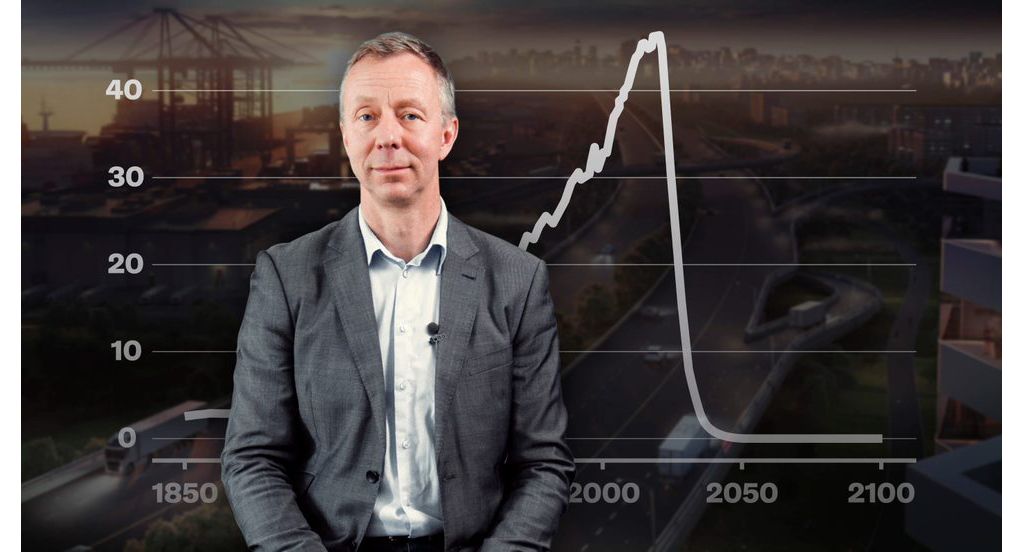“Our ambition is to lead our industry towards net-zero emissions”


First of all, what are science-based targets?
“They’re targets, backed up by science, that provide companies with a clearly-defined path to reduce emissions in line with the Paris Agreement goals and to keep the earth’s temperature increase at acceptable levels.”
And what does the Science Based Targets initiative do?
“It enables companies to set science-based emissions reduction targets by providing a framework and an independent validation of a company’s climate targets to make sure they align with what the latest climate science deems necessary to keep global warming to a minimum.”
What is Volvo Group aiming for?
“Basically, our ambition is to lead our industry towards net-zero emissions.”
How will you do that?
“We have set ambitious targets, which have been validated by the Science Based Targets initiative. Our pace is in line with the SBTi’s higher level of ambition – the Business Ambition for 1.5 degrees. And we are actually taking it further.”
Further how?
“We aim to be a net-zero emissions company as soon as 2040. And we have set ambitious interim targets along the way. For trucks and buses, we have developed our own pathway, with a reduction of 40% of emissions per vehicle km by 2030.”
What motivates this fast pace?
“The speed of change is important, because we must begin to drastically reduce our emissions today. By setting interim goals, we know if we are doing this fast enough.”
What happens now?
“Now the real work begins. We will continue our work that is already underway, ensuring the introduction of vehicles with lower greenhouse gas emissions, driving our electrification transformation journey, and improving our conventional product lines. We will follow up our interim targets and report on our progress continuously and in a transparent way.”
Will Volvo be able to achieve their zero-emission target?
“It is a bold target, but I’m confident we will succeed, together with our suppliers, customers and society.”
About The Science Based Targets Methodology
The Science Based Targets Methodology is a five-step process:
● Commit: submit a letter establishing intent to set a science-based target
● Develop: work on an emissions reduction target in line with the SBTi’s criteria
● Submit: present targets to the SBTi for official validation
● Communicate: announce targets and inform stakeholders
● Disclose: report company-wide emissions and track target progress annually
The Science Based Targets Methodology provides a clearly-defined pathway for companies such as Volvo to reduce CO2/GHG emissions and strive towards a net-zero world.
The Science Based Targets initiative offers organizations two different ambition levels in their pursuit to reduce greenhouse emissions. The Standard Commitment to limit global warming to well below 2°C above pre-industrial levels and the Business Ambition for 1.5 °C to align emissions reduction targets to the 1.5-degree target in the Paris agreement.
Summary of Volvo Group’s Science Based Targets
Volvo Group’s science based targets align with the latter option and is taking it even further in several areas:
● As an industry-first, Volvo Group developed their own pathway towards the 1.5⁰C target for trucks and buses, with a reduction emissions goal of 40% per vehicle km by 2030.
● Volvo Group targets for indirect emissions covers approximately 95% of the products sold. This is industry-leading and well above SBTi’s minimum requirement of 67%.
● Volvo Group targets to reach net-zero value chain CO2/GHG emissions by 2040 at the latest, ten years earlier than the SBTi commitment. Volvo’s products have an average lifetime of ten years in the customer use-phase.
For the entire rolling fleet to have net-zero emissions by 2050, it is necessary that all products from Volvo delivered after 2040 have net-zero emissions.